How do you handle the chaos that is sometimes a part of running your business? Chaos is a natural part of any system, whether business or personal, but how you handle it can make a difference. I love introducing a different culture and thought process to a group of operators and entrepreneurs and watching the mental wheels turn and the exchange of incredible ideas––the chaos––that sometimes occurs afterward.
In my previous blog, I told you about Chef Fabio Watanabe, who is now working with our team on perfecting a healthier pizza crust. When I met Chef Fabio in Brazil, I saw that his quest for healthier food was similar to our team’s and it was energizing. This energy stimulated the entire team who jumped in with ideas and thoughts on how to make food healthier, even ideas on how to fix our healthcare system. The point of this is, from the outside, and even sometimes from the inside, these new ideas (and their execution) have seemed chaotic, random and crazy. But really, it was an exciting outpouring of expertise at so many levels. I thought, wow! This crazy team might actually be able to solve for healthier food.
Ultimately, the chaos did need to settle down and we did need to bring order into the system, but it reminded me of working with Dee Hock, a Doer who just happened to create one of the largest companies in the world. He is the CEO of a company that everyone knows and uses in one form or another, but one that consumers know little about. What is it? Drumroll, please! It is VISA. Yep! Dee Hock created it in 1958 out of the chaos in the banking industry.
Hock has written several books, but Birth of the Chaordic Age and The Chaordic Organization are particularly relevant here. He argues that traditional organizational forms can no longer work because industries/businesses have become too complex. Hock advocates a new organizational form that he calls “chaordic,” or simultaneously chaotic and orderly.
He credits the worldwide success of VISA with its chaordic structure. It is owned by its member banks which both compete with each other for customers and must cooperate by honoring one another’s transactions across borders and currencies.
Hock stresses looking for two things in a successful business model: 1) a chaotic scene or group of chaotic factors that can be organized; and 2) thinking that is at least two levels outside of the base industry. In other words, if your base industry is the inner circle, consider who would be out in the next two concentric circles.
Let me give you an example. I worked with Dee Hock on solving for Education and Agriculture. In each of the proposed business models, there are specific verticals or specific components–– in Ag it might be growing corn, in education it might be private schools or K-8––but when you take that vertical there are basic ways that everyone in the vertical works, whether it be marketing, sales, customer service, inventory management, production, or quality control. These things are all in the inner circle of the industry and where most of the entire industry is focused. But if you want to disrupt or create incredible value, you need to move your thought process beyond what everyone else is thinking, beyond the inner circle and into the outer circles which could include things like unique spokespeople, university affiliation, banking affiliations, different methods of distribution and many more.
In our pizza example, we needed Brazilian insights to rock our US world. How Brazil looks at ingredients, for example: roots not grains, different supply chains, glycemic index versus calories, and many other things.
So the team let this chaos continue for a while, then pulled back to order. It took us to a place we wouldn’t ordinarily have gotten to so quickly. Thanks to a Doer like Dee Hock, we can always point to the success of Visa and its incredible, chaordic success as an example.
So how are you going to stir up your company’s inner circle? How are you going to create positive chaos around a problem you might be trying to solve? If you truly want to grow an organization or business, how are you going to get your people to reach outside of the industry comfort zone and move at least two concentric circles past what seems normal? Most importantly, how are you going to tolerate the chaos? That’s the hardest part for me, realizing it’s a positive process. Yeeeppp!
Yeah! Chaos on––
AZ


